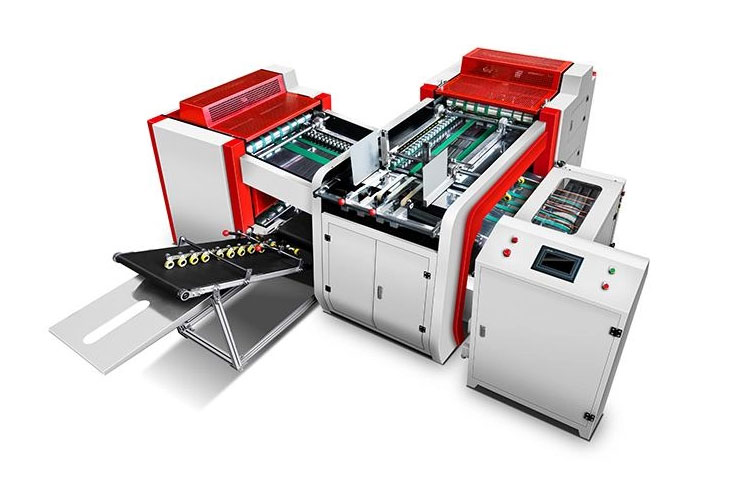-
 Since 1996Professional Cardboard Grooving
Since 1996Professional Cardboard Grooving
Machine Manufacturer - Home
- About
- Product
- Service
- Innovations
- Case
- News
- Contact us
-
- EN
Greyboard is widely used in high-end packaging, handcrafts and bookbinding for its sturdiness and smooth surface. To make precise V-grooves or U-grooves for folding it, many users turn to a Greyboard Grooving Machine. But most beginners lack basic knowledge of using this equipment, causing uneven grooves, material waste or machine damage. This article answers key questions to help you grasp the essentials.
The performance of a Greyboard Grooving Machine depends heavily on matching it to the right material traits. Ignoring this often leads to poor results.
Thickness ranges from 1mm to 10mm for common use. A machine designed for thin variants (2-3mm) may struggle with thick ones (8-10mm)—the blade may not cut deep enough, or the machine may overheat. Always check the machine's recommended thickness range; using boards outside it risks blade damage and uneven grooves.
Harder types (used for rigid boxes) need slower grooving speeds and sharper blades. Using a machine set for softer variants on harder ones causes rough grooves and faster blade wear. Softer types, by contrast, need moderate pressure to avoid crushing during grooving.

Using a Greyboard Grooving Machine safely doesn't require advanced skills, but basic tips are critical.
Never skip safety steps. Ensure the power cord is intact (no fraying or exposed wires). Check the blade guard is properly installed to stop debris and protect hands. Wear gloves to avoid cuts from sharp edges or machine parts.
Two key parameters affect groove quality: pressure and speed. For most types:
Pressure: Too much crushes the material; too little leaves incomplete grooves. Start with the manufacturer's default pressure and tweak if grooves are uneven.
Speed: Faster speeds suit thin, soft variants; slower speeds work for thick, hard ones. Rushing with thick types causes blade slippage and misaligned grooves.
First, “one machine works for all types" is false—some are for small-batch thin variants (e.g., gift box inserts), others for large-batch thick ones (e.g., shipping box bases). Using a small-batch machine for heavy work shortens its life; using a heavy-duty one for small projects wastes energy.
Second, “blades only need replacement when broken" is wrong—dull blades make rough grooves and overheat the machine. Replace blades if you see frayed groove edges, unusual machine noises, or need to increase pressure repeatedly.
Do simple pre-use checks: Examine the blade for nicks, dull spots or rust—sharpen or replace it if needed (a sharp blade ensures clean grooves and less machine strain). Before large projects, test the machine with a small piece of the same material. Check groove depth, smoothness and alignment, and adjust speed or pressure if needed to avoid waste.
Using a Greyboard Grooving Machine well means understanding the material's properties, following safety tips, avoiding misconceptions and doing simple checks. These steps help you get consistent, high-quality grooves, reduce waste and extend the machine's life.
If you need a Greyboard Grooving Machine that fits different thicknesses and hardness levels of the material—with reliable performance for small or large projects—visit our product page to learn about equipment for various grooving needs.